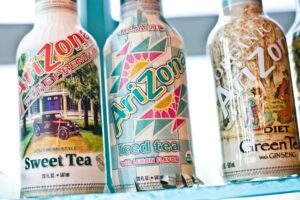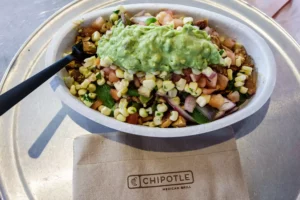NEW ORLEANS — Talk of
cannabis filled educational sessions and infiltrated expo booths at
IFT19, the Institute of Food Technologists’ annual meeting and
exposition. Recent government action has created opportunities for
incorporating cannabis extracts, including cannabidiol (C.B.D.), C.B.D.
oil and even marijuana in some instances, into foods and beverages, but
much is still unknown.
Since cannabis (Cannabis sativa) is a plant, the food,
beverage and agriculture industries may face issues similar to ones
dealt with in other plant-based foods: mycotoxin and other crop quality
concerns, interstate commerce and reliable ingredient suppliers.
Food safety issues may arise as well.
“They (food safety issues) are not really any different than any
other food commodity,” said Thuy Vu, director of operations and
regulatory affairs at Hammer Enterprises Integrated Solutions,
Evergreen, Colo., a vertically integrated hemp company that turns hemp
into oil or C.B.D. isolates.
The Agriculture Improvement Act of 2018 was enacted last December and
created a new category of cannabis classified as “hemp” as it removed
hemp from the Controlled Substances Act. Hemp in the United States now
is defined as cannabis and cannabis derivatives that contain no more
than 0.3% concentrations of the psychoactive compound
delta-9-tetrahydrocannabinol (T.H.C.). More than that amount means the
substance is marijuana.
Looking to Colorado
The Food and Drug Administration is discussing how to regulate
products containing cannabis or cannabis-derived products, including
C.B.D. The F.D.A. might look to Colorado, which already has regulations
on cannabis in place. Ms. Vu spoke in a June 5 cannabis session at IFT19
in New Orleans. Ms. Vu previously was a senior environmental public
health investigator for the city and county of Denver.
She said that under Colorado law, the hemp or C.B.D. used in a food
or beverage must come from a state or country that has a food safety
program for hemp. Companies on packaging must clearly identify hemp as
an ingredient and clearly identify C.B.D. and the amount of C.B.D. if it
is added as an isolate. Companies also must include a statement that
the F.D.A. has not evaluated the product for safety or efficacy.
“Who must register with the state health department (in Colorado)?” Ms. Vu said. “Everybody.”
“Everybody” ranges from processors to those who store product to retailers.
Crop threats come in the forms of yeast, mold, powdery mildew, bud
rot, mycotoxin, black mold, spider mites, rust mites, aphids and thrips,
she added. Colorado’s department of agriculture will examine hemp
fields to make certain the T.H.C. content is no more than 0.3%. If it is
more, the fields may be burned, Ms. Yu said.
In the same session, Peter S. Pressman, M.D., an assistant professor
in the Department of Neurology at the University of Colorado School of
Medicine in Aurora, Colo., spoke about the need for caution when adding
marijuana to foods, which is legal in Colorado.
When marijuana is contained in a food matrix, as opposed to when it
is smoked, the human brain is slow to notice the compound, he said. At
first a person eating the marijuana-infused item will not feel the
effects and thus might eat more, which Dr. Pressman called “one brownie,
two brownie, three.” Once the T.H.C. eventually tickles the brain
receptor, it could be more potent.
Dr. Pressman also said marijuana-infused food could affect diabetics
negatively, and he warned against the ingestion of marijuana by pregnant
women in their first trimester.
Investing in C.B.D.
On the expo floor, Layn Corp. launched a new line of C.B.D.
ingredients even though the F.D.A. has yet to give definitive
regulations on products with C.B.D. The company supplies C.B.D. oil,
C.B.D. distillate and crystallized isolate, which offers the purest
C.B.D. People who stopped by Layn’s booth at IFT19 worked in various
food and beverage categories, including baked foods, chocolate and
gummies, said Elaine Yu, president of Layn USA, Newport Beach, Calif.
The company has an advantage over other C.B.D. suppliers in that Layn
USA already has experience in the food industry, she said. The company
for more than 20 years has taken extractions from stevia and monk fruit
to use as sweeteners.
Layn USA is part of China-based Guilin Layn Natural Ingredients Corp.
As part of a $60 million investment, Layn will build a U.S.
manufacturing facility that should be completed in the fall of 2020. It
will be capable of processing a minimum of 5,000 tons of hemp biomass
per year, which will yield 160 tons of C.B.D. and 290 tons of oil. Layn
is in the final stages of selecting a location for the facility, which
probably will be in the Midwest, Ms. Yu said.
Ms. Yu said she recognized the regulatory situation of C.B.D needs to become clearer.
“There is a long path to go,” she said.
READ FULL STORY: BAKING BUSINESS





